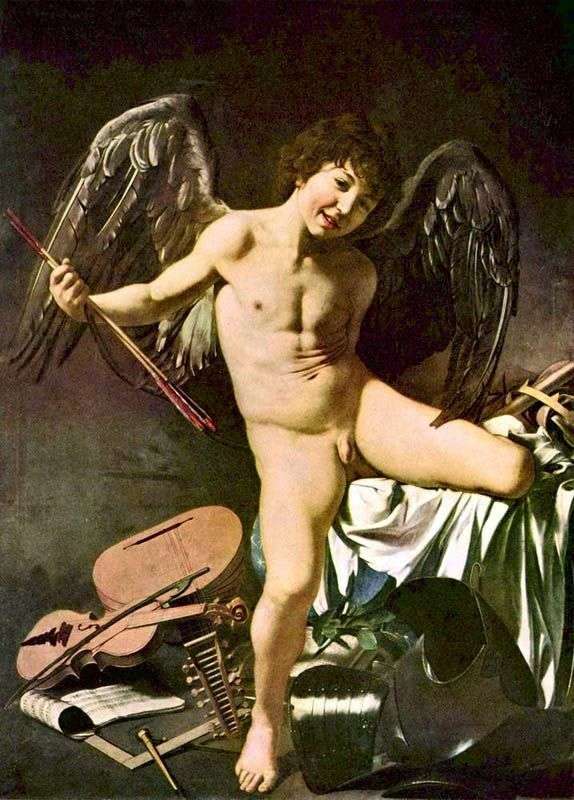
Michelangelo and Caravaggio became an innovator in art, challenging the principles of late Mannerism and emerging at that time of academicism.
Creative quest of the artist, a new pictorial manner, a special treatment of nature acquired a lot of adherents, which led to the emergence of a special direction in European art of the XVII century. – “Caravagism”. The passionate nature of Caravaggio did not obey the established norms in art and life. He studied in Milan, in the 1590’s he was in Rome.
In 1606, Caravaggio killed his opponent in a duel and was forced to leave Rome. In 1607, he moved to Malta, where he collided with a powerful nobleman, was sent to prison, but managed to flee. Then wanderings followed, persecution by hired assassins, wounding. Recovered, Caravaggio went to Rome, but fell under the arrest of customs officers. Having freed himself, he continued his journey, but fell seriously ill with a fever and died. He was 37 years old.
Creativity of the artist in its basis goes back to the art of Northern Italy, but Caravaggio went further than its predecessors. His characters have sensual beauty, their appearance is natural, they radiate cheerfulness, the ability to enjoy life. The master approved in his work artistic self-worth of real nature. Other famous works: “Guessing”. OK. 1594. Louvre, Paris; “Lute player”. 1595. The Hermitage, St. Petersburg.
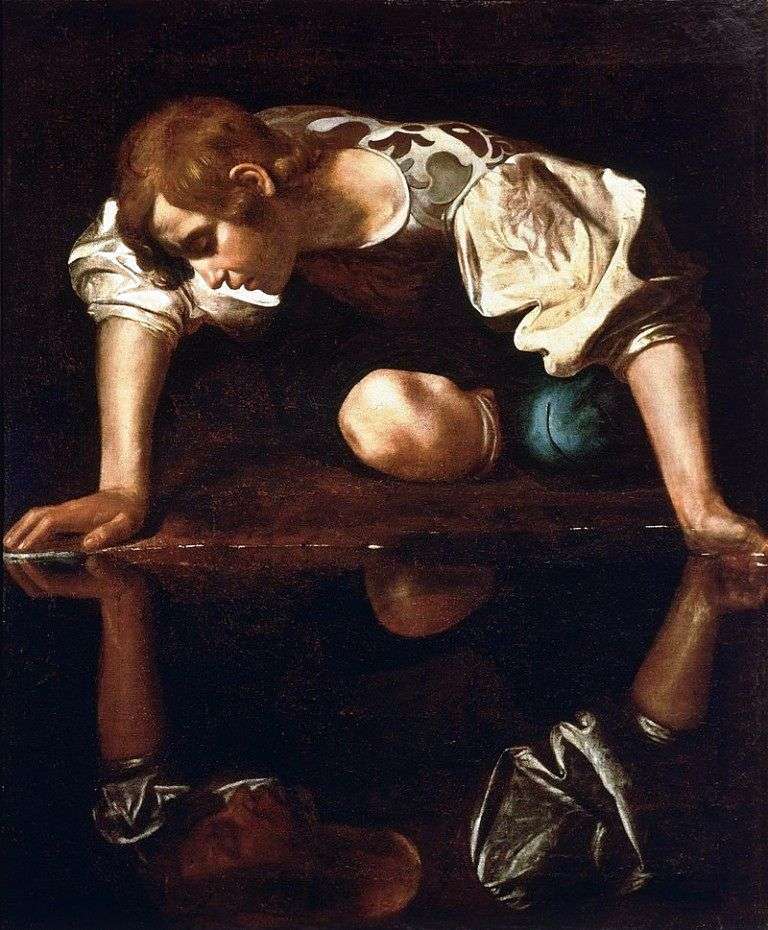 Narcissus by the stream by Michelangelo Merisi da Caravaggio
Narcissus by the stream by Michelangelo Merisi da Caravaggio Mary Magdalene by Michelangelo Merisi and Caravaggio
Mary Magdalene by Michelangelo Merisi and Caravaggio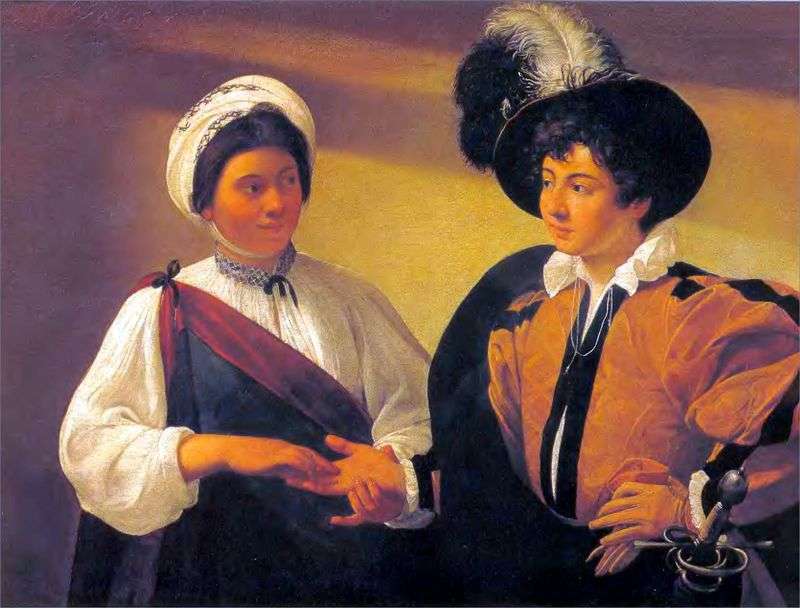 Fortune-teller by Michelangelo Merisi da Caravaggio
Fortune-teller by Michelangelo Merisi da Caravaggio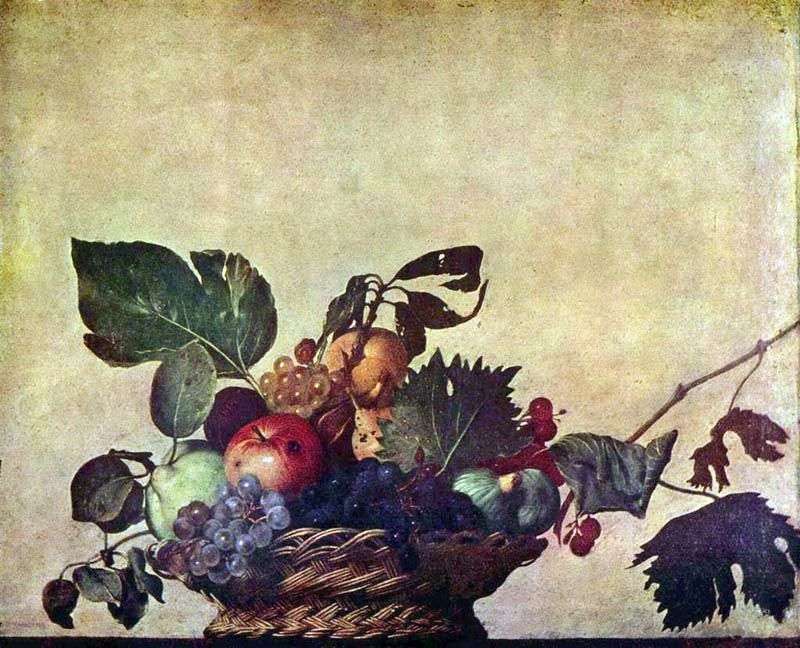 Fruit Basket by Michelangelo Merisi and Caravaggio
Fruit Basket by Michelangelo Merisi and Caravaggio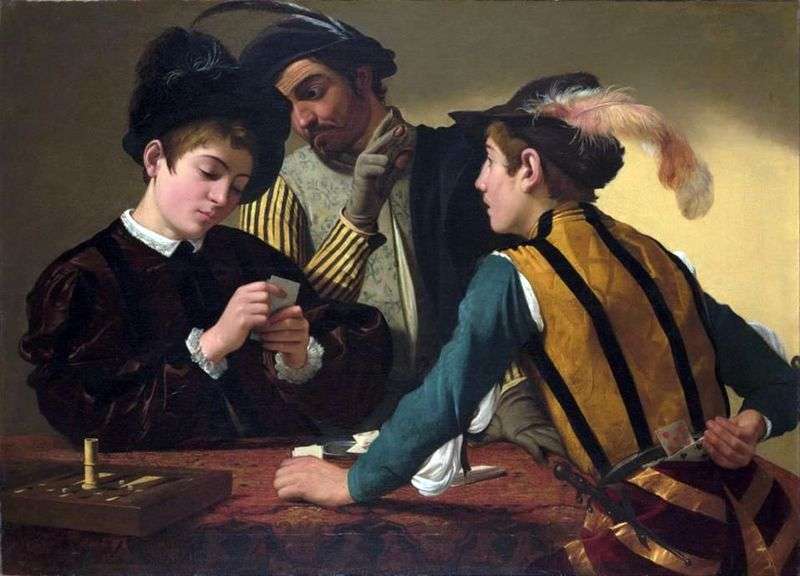 Schulers by Michelangelo Merisi and Caravaggio
Schulers by Michelangelo Merisi and Caravaggio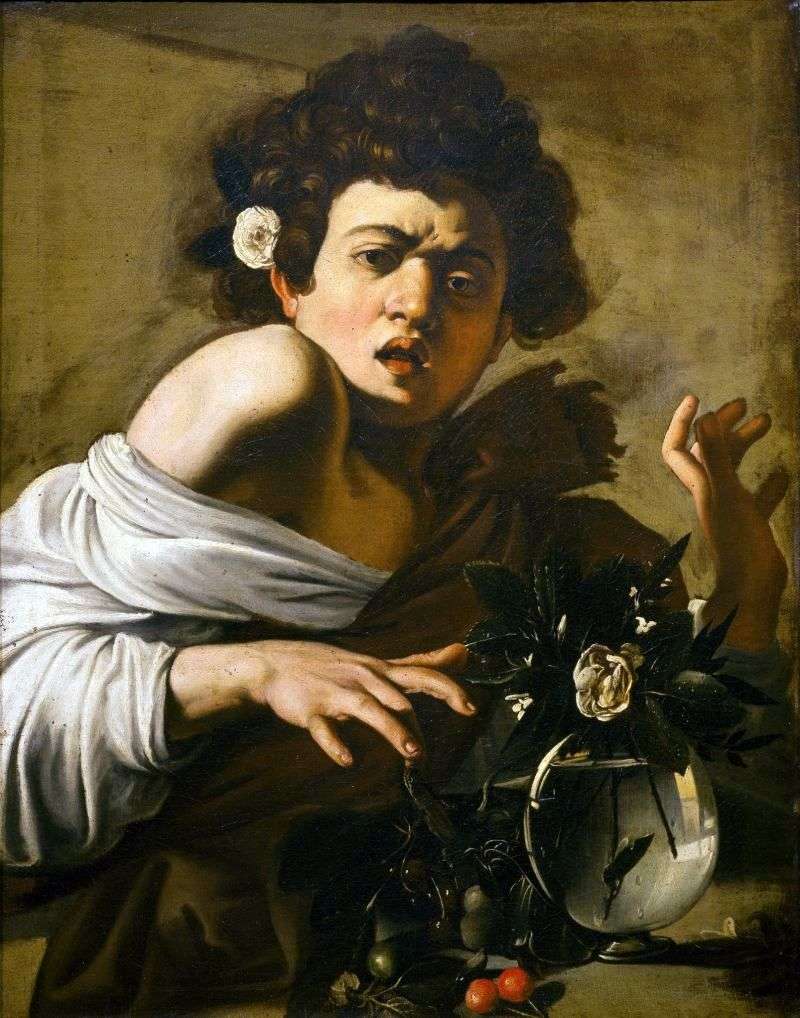 A boy bitten by a lizard by Michelangelo Merisi da Caravaggio
A boy bitten by a lizard by Michelangelo Merisi da Caravaggio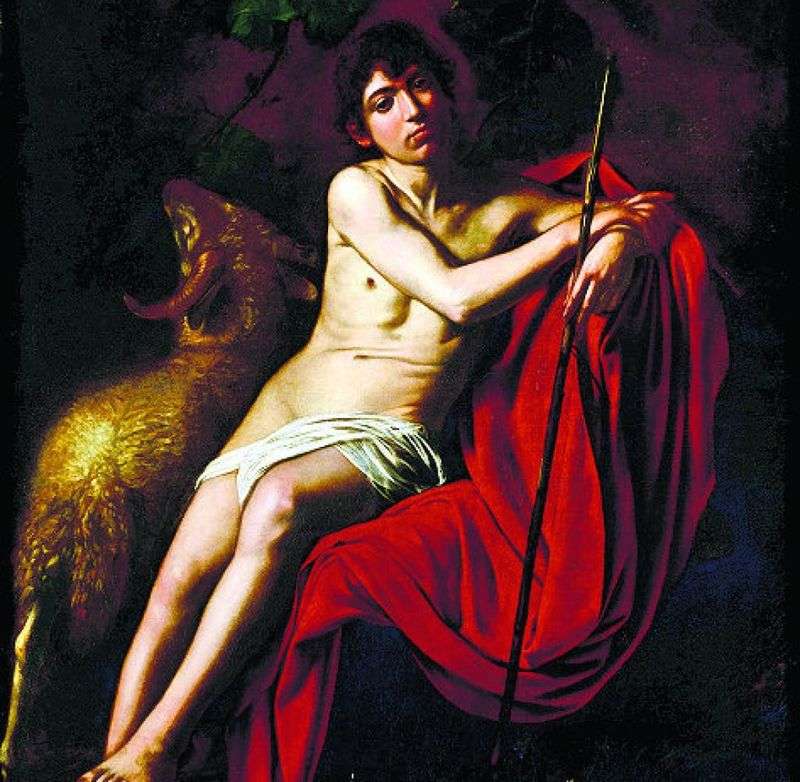 St. John the Baptist by Michelangelo Merisi and Caravaggio
St. John the Baptist by Michelangelo Merisi and Caravaggio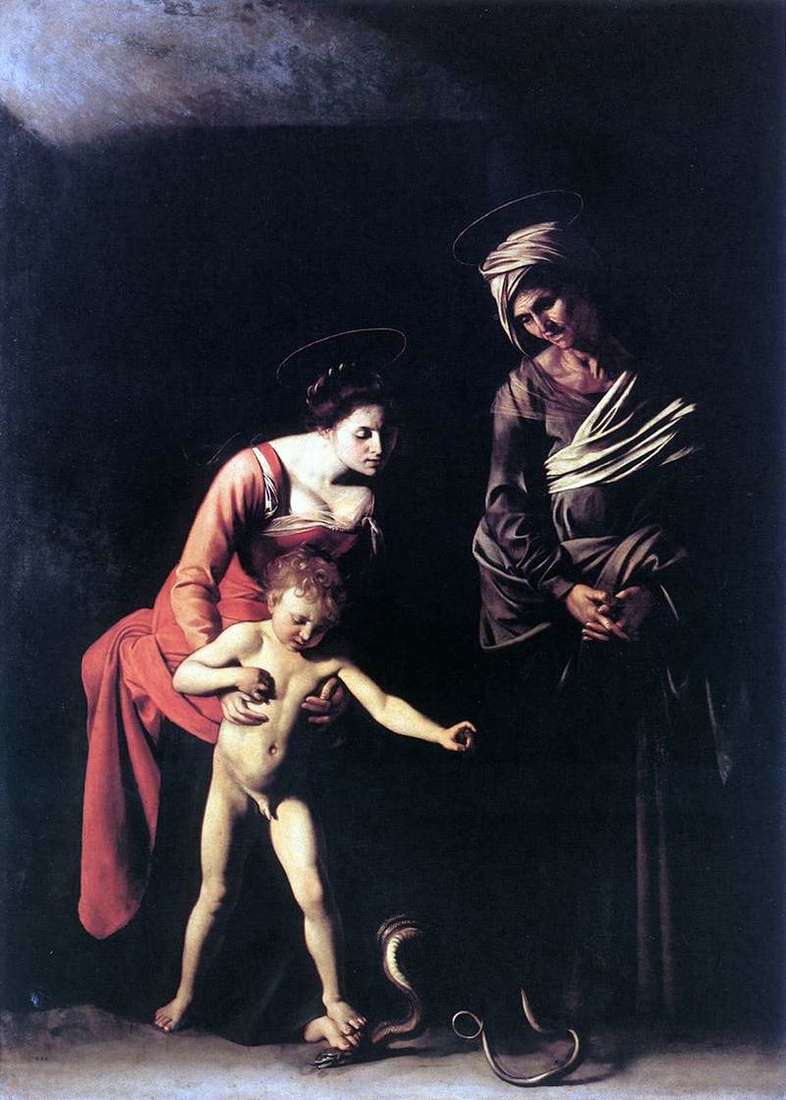 Madonna with a snake by Michelangelo Merisi and Caravaggio
Madonna with a snake by Michelangelo Merisi and Caravaggio